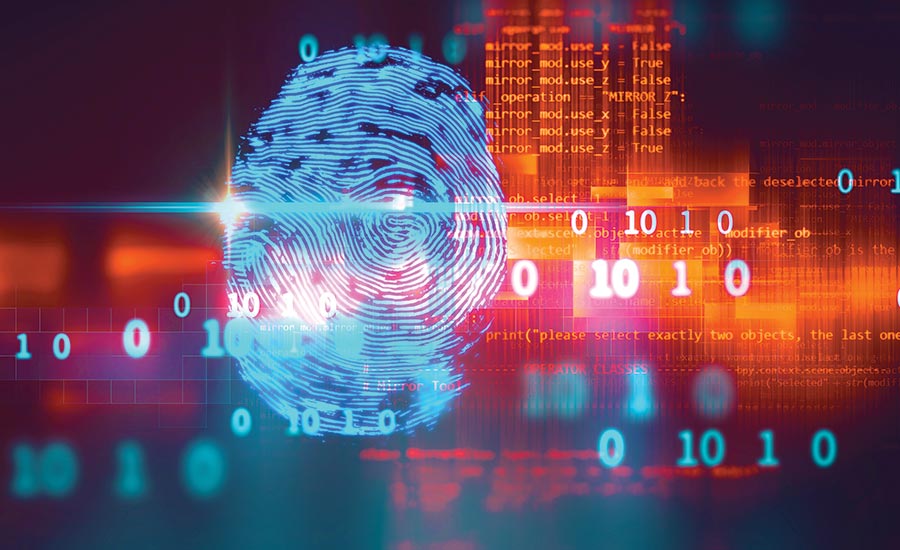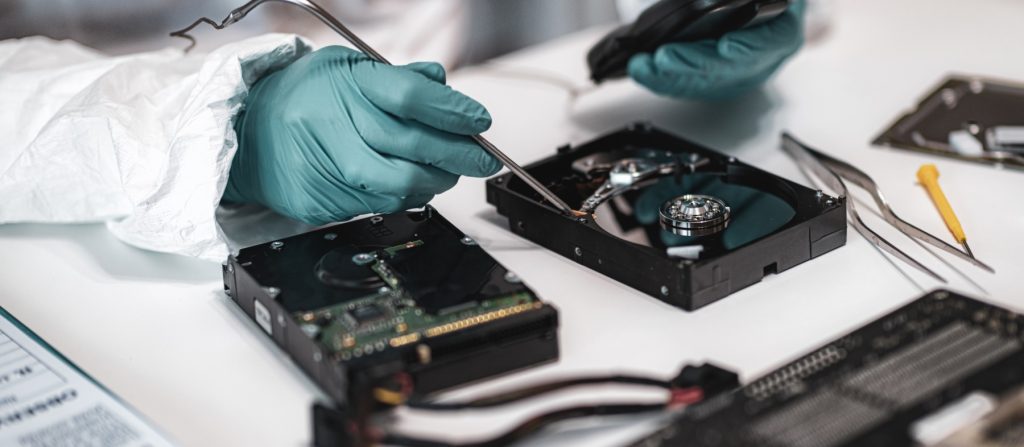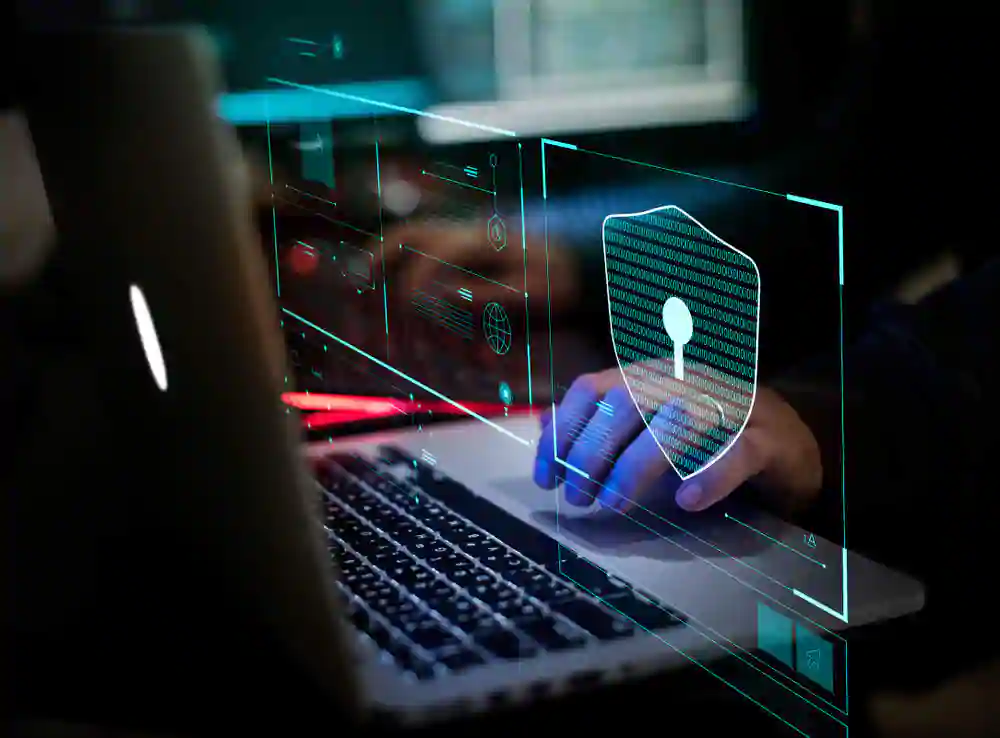In today’s fast-moving digital world, organizations are continually pushing for smarter and more resilient security infrastructures. Modern technology solutions are now reshaping how teams analyze and understand threat environments, especially when working with advanced darknet-monitoring tools such as the widely referenced Kraken зеркало threat-intelligence frameworks. These platforms, when used ethically and responsibly, can empower security teams to gain visibility into emerging risks while maintaining strict compliance with digital-safety standards.
Enhancing Security Through Intelligent Automation
One of the most powerful advantages of modern technology is the rise of automated intelligence systems. These solutions support darknet-analysis platforms by transforming raw data into actionable insights.
- Automated pattern detection allows security teams to identify unusual behaviors quickly.
- Predictive algorithms deliver forward-looking assessments of potential risks.
- Streamlined operations reduce manual workloads and enhance response time.
This creates a proactive defense environment that minimizes threats before they escalate.

Strengthening Data Protection With Integrated Frameworks
Modern cybersecurity infrastructures thrive on integration. By combining AI-driven analytics with darknet-intelligence platforms, organizations can create a robust, multi-layered security ecosystem.
- Unified dashboards help specialists monitor diverse data sources from one location.
- Real-time alerts provide immediate updates on meaningful shifts in digital activity.
- Encrypted data channels ensure secure handling of all threat-intelligence information.
These combined strengths allow teams to maintain continuous awareness while upholding the highest data-protection standards.
Elevating Team Capabilities Through Collaborative Tools
Collaboration is a core ingredient in modern security environments. Technology-enhanced workflows enable teams to interpret darknet-related intelligence more effectively and respond with precision.
- Shared analysis environments foster coordinated decision-making.
- Knowledge-distribution tools keep all team members aligned and informed.
- Cross-functional communication systems increase the quality and speed of security assessments.
By empowering all stakeholders with consistent, accessible information, organizations cultivate a strong culture of digital readiness.
Scaling Operations With Cloud-Based Security Innovations
Cloud-powered solutions offer unmatched scalability, making them ideal partners for advanced darknet-monitoring tools. Their flexibility allows organizations to grow, adapt, and refine their operations without losing efficiency.
- Elastic computing resources adjust to evolving analytical demands.
- Secure cloud environments protect sensitive threat-intelligence data.
- High-speed processing capabilities support rapid analysis of large data sets.
This gives organizations the freedom to enhance their security posture without compromising performance.
A Positive Future for Ethical Threat Intelligence
As modern technology evolves, the potential for ethical darknet-intelligence analysis grows stronger. With advanced automation, integrated frameworks, collaborative tools, and scalable cloud solutions, organizations can confidently transform raw intelligence into meaningful protection strategies. By prioritizing responsible use and positive innovation, today’s digital ecosystem becomes not only safer but also smarter and more adaptable than ever.




